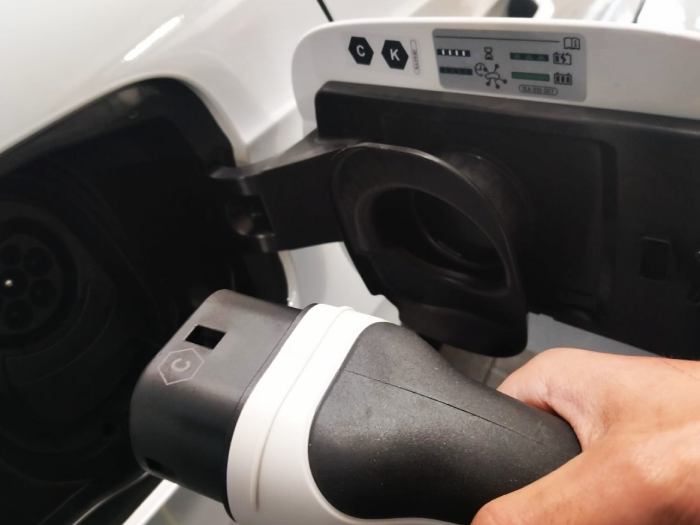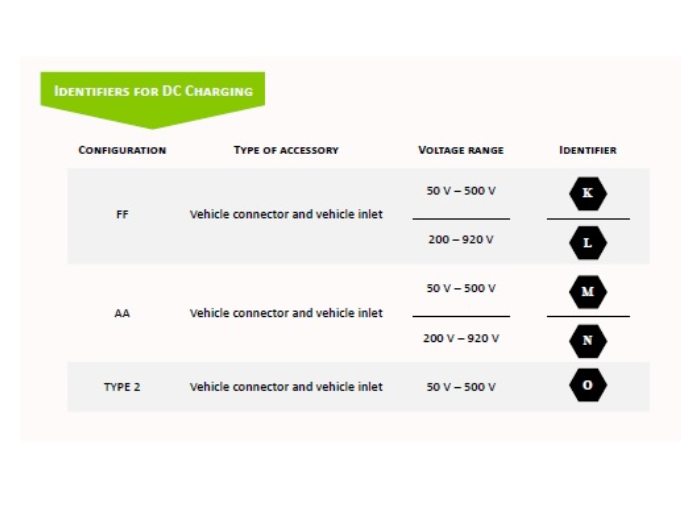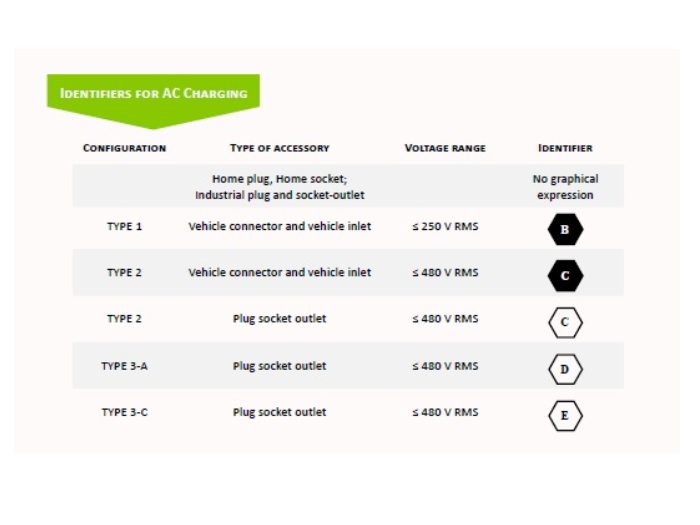Electric vehicles and charging: the new European labels
Charging an electric car in Europe is becoming increasingly easier and more intuitive, thanks to the recently introduced labelling system adopted by all European Union countries, which helps identify the types of charging systems.
A new labelling system for charging electric vehicles came into force on 20 March 2021, made compulsory by Directive 2014/94/EU on charging infrastructure. Labels must comply with the requirements set out in standard EN 17186:2019 and be applied both to vehicles and to the charging points.
It is the first time that a harmonised standard to help identify the available charging systems across Europe has been created. The aim is to help users select the best charging option for their electric-battery and plug-in hybrid-electric vehicles.
A European standard

For all new vehicles and charging stations, the use of the labels became compulsory from 20 March 2021. Since this was a compliance date, vehicle manufacturers and charging station operators had already begun introducing the labels over a transitional period prior to 20 March.
The labelling of charging stations has also to comply with the specific national laws implementing the European Directive. The new labels are being deployed in all 27 European Union member states and EFTA countries (Iceland, Lichtenstein, Switzerland and Norway), as well as in Macedonia, Serbia and Turkey.
Where the labels are placed

On electric vehicles – mopeds, motorcycles, tricycles and quadricycles; passenger cars; light commercial vehicles; heavy-duty commercial vehicles; buses and coaches – the labels must appear next to the charging location of each vehicle, on every charging plug and cable, as well as in the vehicle owner’s manual.
As for charging stations, the label must appear adjacent to the socket outlet or to the storage location of the vehicle connector cable. The labels will also be visible in vehicle dealerships in order to inform customers.
What the new labels look like

As a visual checking tool, the label must be clear and easy to read. To that end, the shape for all electrical interfaces is a regular and horizontal hexagon. Each interface features a symbol that corresponds to a single letter in normal Latin script.
In terms of size, the identifier code must be a minimum 30 mm wide, with an outer line at least 3.2 points thick. The font size of the symbol must be scalable to the size of the shape (with the minimum being 3.2 points for a width of 30 mm).
There are clear rules for colours too: for the connector and vehicle inlet a white/silver symbol on a black background should be used. Meanwhile, a black symbol on a white/silver background should be used for the charging point hardware (plug and socket outlet).
Developed by the CEN
A specific task force under the CEN (European Committee for Standardisation) worked on the design and format of the new labels, following the general prescriptions of Directive 2014/94/EU.
The team included experts from the electric mobility sector and the charging station industry, NGOs representing consumers, national standard bodies, a number of European governments and the European Commission.
Source: Fuel Identifiers
